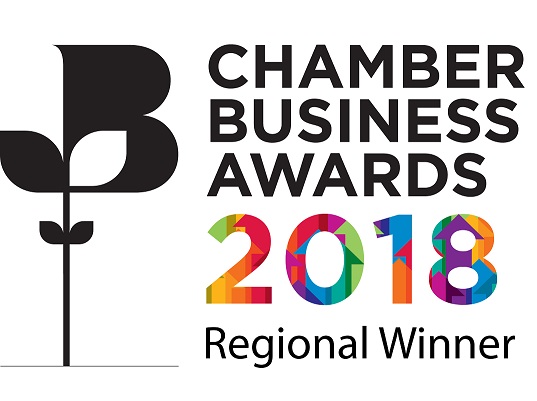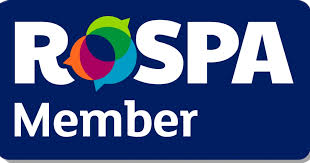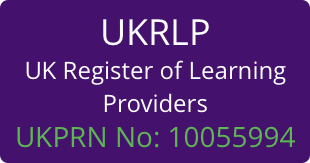E-Learning
The term ‘e-learning’ first came into existence in 1998 and can be quite simply defined as learning delivered by electronic means. However, learning was being delivered electronically using computers as far back as 1960 and was called computer based training (CBT). Training was accessed using a computer from a CD Rom or a package installed on the PC, and later on downloaded from the internet. Multi-media training, as this type of training was also known, was developed to meet a need for training as and when a training need became apparent, at a place and time convenient to the individual. This ‘just-in-time’ training has grown in popularity over the years and has become far more sophisticated in its functionality and presentation and in ways of engaging the user.
The term e-learning has become known by many as online learning, which requires an internet connection to access the learning, however this is not strictly correct as e-learning can also include off-line learning resources, which might be installed on a PC, mobile device or removable media, such CD ROM or USB memory stick. Much on-line learning can also be used off-line, which is particularly useful for those who want to access learning in places where there is no internet connection available.
It was around the year 2000 that businesses really started to adopt e-learning and systems developed to manage the learning of multiple users in an organisation. These systems known as virtual learning environments (VLE), learning management systems (LMS) or managed learning system (MLS) gave those in charge of learning and development new tools to manage and deploy learning across and organisation.
Infographic in Text:
The Benefits of E-Learning
- Benefit 1 – Learners can learn at their own pace;
- Benefit 2 – Significantly lower delivery costs than classroom training;
- Benefit 3 – Consistency of delivery;
- Benefit 4 – Learners can revisit the learning as and when they need to;
- Benefit 5 – Better knowledge to competency rates than classroom training;
- Benefit 6 – Reduction in training time;
- Benefit 7 – Better knowledge retention than classroom training;
- Benefit 8 – Learners can skip what they already know;
- Benefit 9 – Significantly less impact on the environment.
Types of E-Learning
- Video
- Interactive course
- Games based
- Podcast/Videocast
- Virtual classroom
- Online presentation
- E-books and more
Delivery Models
- 100% Online – Learning delivered online with no face to face elements
- Blended Learning – Elements of on-line or off-line e-learning and face to face
- Tutor Led CBT – Tutor led computer based training in a face to face setting
- Virtual Classroom – Online real time (synchronous) participation in training.
Evidence E-Learning Facts
- Companies who practice e-learning generate around 26% more revenue per employee;
- US Government found learning outcomes for those engaged in online learning exceeded those receiving face to face instruction;
- UK’s Open University found that e-learning consumes 90% less energy than traditional courses;
- IBM found that e-learning resulted in users learning nearly 5 times more without increasing time spent training.
Consideration for E-Learning Use
- As with face to face training, assess any e-learning for its suitablity to meet your learning objectives;
- Consider what devices learners are going to find most convenient for accessing the learning. Not all e-learning can be used on mobile devices;
- Do you need to track the usage of e-learning? If the answer is ‘yes’ then your e-learning provider may be able to supply this facility or you will need to consider one of the many learning management systems available.
Sources:
- Training Zone 2014 e-learning statistics
- US Department for Education – Evaluation of Evidence-Based Practices in Online Learning
- UK’s Open University – Towards Sustainable Higher Education
- Accessplanit – E-Learning Success: Measuring the ROI Impact and Benefits.







 UK: 0844 854 9218 | International: +44 (0)1488 580017
UK: 0844 854 9218 | International: +44 (0)1488 580017









